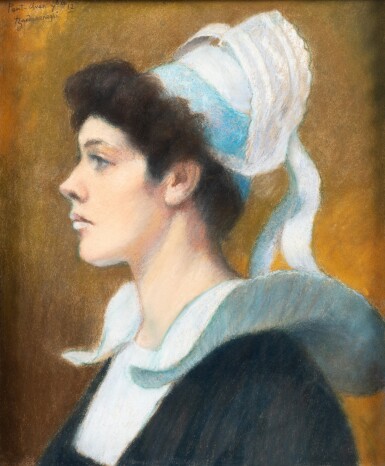Tableaux Dessins Sculptures 1300-1900, Session I, Including Treasures from the Antony Embden Collection
Tableaux Dessins Sculptures 1300-1900, Session I, Including Treasures from the Antony Embden Collection

Federico Zandomeneghi
A young girl from Pont-Aven | Jeune fille de Pont-Aven
Auction Closed
June 14, 01:50 PM GMT
Estimate
30,000 - 50,000 EUR
Lot Details
Description
Federico Zandomeneghi
Venice 1841 - 1917 Paris
A young girl from Pont-Aven
Localized, dated and signed upper left Pont-Aven 7bre 12 / Zandomeneghi
Pastel on paper laid down on board
46 x 37,5 cm ; 18⅛ by 14¾ in.
____________________________________________
Federico Zandomeneghi
Venise 1841 - 1917 Paris
Jeune fille de Pont-Aven
Localisé, daté et signé en haut à gauche Pont-Aven 7bre 12 / Zandomeneghi
Pastel sur papier contrecollé sur carton
46 x 37,5 cm ; 18⅛ by 14¾ in.
Acquired from the artist by Durand-Ruel on 8 November 1912;
Sold to E. Havard on 21 January 1930;
Private collection, France (since the early 70’s);
To whom acquired by the present owner.
____________________________________________
Acquis auprès de l'artiste par Durand-Ruel le 8 novembre 1912 ;
Vendu à E. Havard le 21 janvier 1930 ;
Collection particulière, France (depuis le début des années 70) ;
Où acquis par l'actuel propriétaire.
Zandomeneghi, who was originally from Venice, was thirty-three years old when he arrived in Paris; in the end, he stayed there for the rest of his life. He discovered the Impressionist painters, with whom he exhibited several times during the last quarter of the nineteenth century. Making the acquaintance of Durand-Ruel was a defining moment: the dealer enabled him to sell his works in the USA, which brought him a certain prosperity. It was Durand-Ruel who bought the Portrait of a Young Girl from Pont-Aven from the artist, in the same year that he painted it.
Zandomeneghi worked in pastel from the 1890s, and had a particular talent for this technique. His mastery of the medium is illustrated in this portrait of a Young Girl from Pont-Aven, in which the model, in profile, seems to be looking at something in the distance. The artist expresses the effects of light on her collar, her coiffe and her neck with the help of shadows that have subtle blue reflections. The figure is outlined with a fine green line, so that it stands out against the plain background. Finally, the composition is illuminated by the facial highlights, created with delicate white strokes. Despite the reference to Pont Aven, the pastel shows a coiffe that seems closer to those worn in the town of Fouesnant, thirty kilometres away.
Zandomeneghi painted this portrait three years before his death. It demonstrates his perfect mastery of a volatile medium that allows for no pentimenti.
____________________________________________
Lorsque Zandomeneghi, originaire de Venise, arrive à Paris, il est âgé de trente-trois ans ; il y restera finalement toute sa vie. Il découvre les peintres impressionnistes, avec lesquels il expose plusieurs fois durant le dernier quart du XIXe siècle. Sa rencontre avec Durand-Ruel est décisive : le marchand lui permet de vendre ses œuvres aux Etats-Unis, et de lui procurer un certain confort de vie. Il acquiert d’ailleurs le Portrait d’une jeune fille de Pont-Aven auprès de l’artiste, l’année même de sa création.
Zandomeneghi travaille au pastel dès les années 1890, et trouve dans cette technique son terrain de jeu favori. Ce portrait d'une Jeune fille de Pont-Aven illustre cette maîtrise : tourné de profil, le modèle semble fixer un point dans le lointain. L’artiste transcrit les effets de lumière sur son col, dans sa coiffe et sur sa nuque, en dessinant des ombres aux subtils reflets bleus. Il ourle la figure d’un fin cerne vert, la mettant en relief sur ce fond uni. Enfin, il ponctue le visage de délicats traits blancs illuminant la composition. Quoique localisé à Pont-Aven, le pastel représente une coiffe qui semble se rapprocher davantage de celles portées dans la ville de Fouesnant, à une trentaine de kilomètres.
Réalisé par Zandomeneghi trois ans avant sa mort, ce portrait témoigne de sa parfaite maîtrise d’une matière pourtant volatile et ne permettant pas les repentirs.
